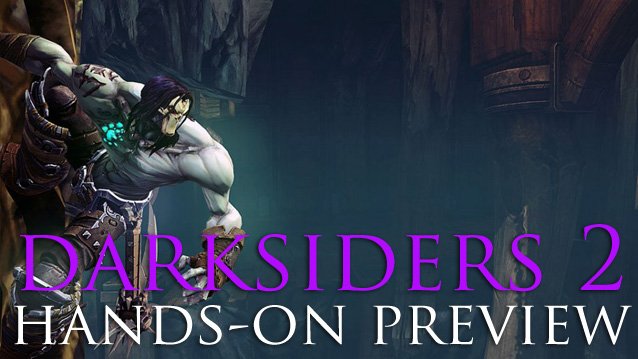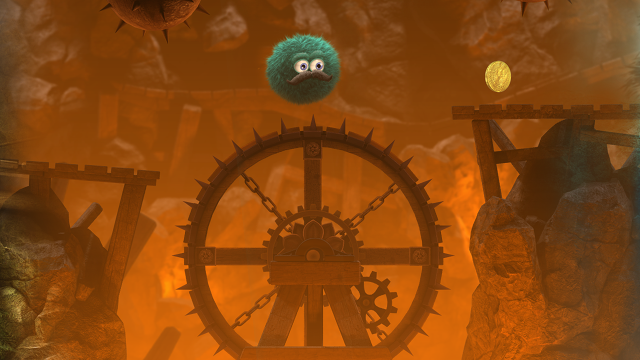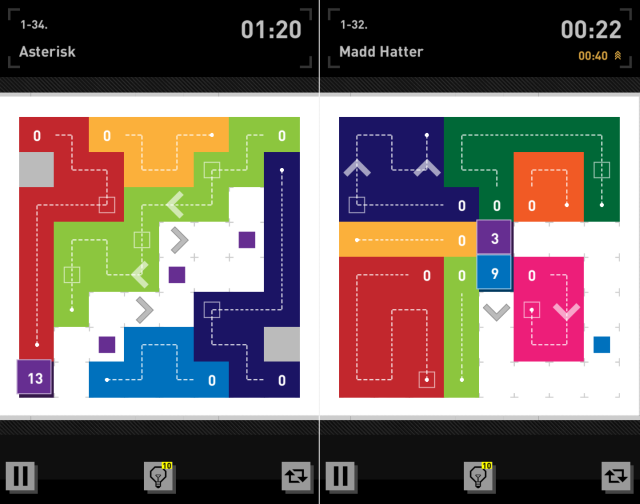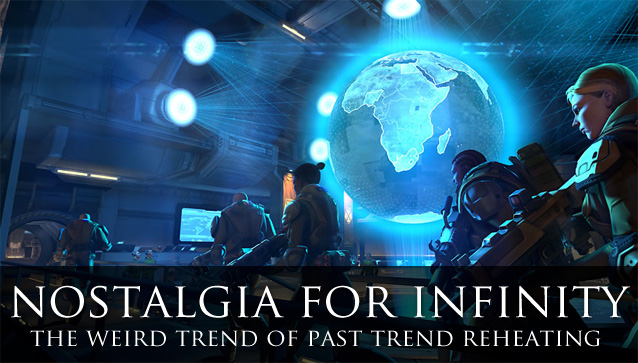

Are you too afraid to play Slender: The Arrival, sequel to the PC horror hit that taught us to associate evening-wear with fatal outbreaks of screen static? Well, here’s how to overcome your terror: imagine that Slender Man himself is that awkward person you don’t want to talk to at any given party. As with any social space invader, the guy's core tactic is to materialise silently in front of you, perhaps peeking shyly from behind an object, in hopes of catching your eye. The trick is to let your gaze slide over him to something else in the environment - hey, isn’t that so-and-so from Marketing in the corner? - while stepping casually but firmly to one side.
OK, so it’s not quite that simple. For starters, whenever Slender Man appears the screen goes nuts, stretching and splintering as though in the presence of an undersized black hole. Throw in all but perpetual nocturnal conditions and landscapes that are cluttered with loose objects, and you’ll often struggle to pinpoint your adversary’s precise location.
More troublingly, Slender Man’s the pushy type. The longer you succeed in escaping his clutches, and the more mission-critical items you collect, the more frequently he’ll show up and the closer he’ll get. And have we mentioned the context-sensitive score and audio effects? Because if that spidery, faceless guy in the suit doesn’t give you the willies, the cacophonous, grating report that sometimes accompanies his entrance certainly will.
But what if you’ve butted heads with Slender Man before? Well, The Arrival’s, er, arrival on Xbox One may struggle to impress. It’s largely the same game as on Xbox 360 with negligible visual enhancements and the same problem of diminishing returns. The jewel in the crown is the second level, a re-imagining of Slender: The Eight Pages in which you hunt for notes scattered around a forested area.
There are eight notes in total but 10 locations to investigate, some of which swap places between playthroughs, plus a selection of possible starting points, so no two sessions are alike. Prioritising areas in accordance with Slender Man’s aggressiveness is critical: when he’s at his most annoying, the last place you want to be is the Visitor’s Centre, with its plethora of single-exit rooms. There’s a run button to help you out of a jam, but it’s tied to an invisible stamina bar that’s easy to exhaust when the pressure is on.
Sadly, the scenarios (some accessed by collecting or interacting with certain objects) that make up the remaining hour or two of playtime consist of slightly limp variations on a gambit that isn’t nearly substantial enough to stand comparison with, say, fellow indie offering Outlast. The third level introduces a second foe who can be kept at bay with the beam of a flashlight; the echo of her footsteps through the depths of an abandoned mine is unnerving, but the basic explore-avoid-collect pattern is the same.
A later, more intriguing chapter takes place on a farm estate with some catacombs at one end and a deceptively picturesque cornfield in the middle. It’s relatively elaborate, but it won’t keep you busy for long.
If you like horror, but you’ve yet to have the pleasure of Slender Man’s company, his Xbox One incarnation is absolutely worth its budget price tag. The Eight Page template loses its bite with repeat exposure, but the game’s volatility remains invigorating given the genre's continued reliance on scripted scares and sheer grotesqueness. If you’re a veteran of Slender, however, it’s probably best to avoid eye contact. There’s not enough meat on these bones.




 Is Apple's Official Keyboard The Best Choice For Your Mac?
Is Apple's Official Keyboard The Best Choice For Your Mac? Keep Calm And Play On: Huebrix Is A Serene, Colourful, Brain-Bending Puzzler
Keep Calm And Play On: Huebrix Is A Serene, Colourful, Brain-Bending Puzzler How to become a vampire and how to cure vampirism in Elder Scrolls Online
How to become a vampire and how to cure vampirism in Elder Scrolls Online Dishonored: The Brigmore Witches DLC Review: Crafting a Richer Dunwall
Dishonored: The Brigmore Witches DLC Review: Crafting a Richer Dunwall Nostalgia for Infinity - The Weird Trend of Past Trend Reheating
Nostalgia for Infinity - The Weird Trend of Past Trend Reheating